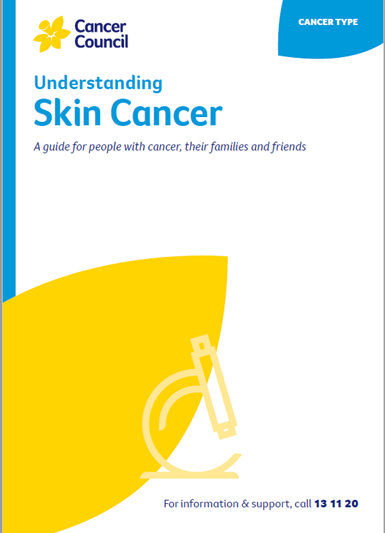- Home
- Skin cancer
- The signs of skin cancer
The signs of skin cancer
The images and descriptions below may help you identify the signs of skin cancer, and the signs of non-cancerous skin spots.
Learn more about:
Non-melanoma (keratinocyte) skin cancer
Basal cell carcinoma (BCC) | Squamous cell carcinoma (SCC) | |
 |  | |
| the most common signs | a pink, pearl-like, flat or raised lump; shiny, pale/ bright/dark pink scaly area | a thick scaly lesion; a fast-growing pink lump; a red, scaly or crusted spot |
| what it may feel like | can be itchy, inflamed, ulcerate, weep, ooze, scab or bleed; may “heal” then inflame/bleed/itch again | can become inflamed and often feel tender to the touch; may occasionally bleed |
| where it is most often found | sun-exposed areas, such as head, face, neck, shoulders, arms and legs, but may be anywhere | sun-exposed areas, such as head, neck, hands, forearms and lower legs, but can start anywhere |
| how it usually grows | slowly over months or years; very rarely spreads to other parts of the body; may grow deeper, invade nerves and tissue, making treatment more difficult | quickly over weeks or months; called invasive SCC if it invades past skin’s top layer; untreated, may spread to other parts of the body (metastatic SCC) |
| the risk factors | having had a BCC increases the risk of developing another BCC | SCCs on head, neck, lips and ears, and in people immunosuppressed, are more likely to spread |
What about other skin spots?
Some spots that appear on the skin are not cancerous. We have given examples of the most common ones here, but these skin spots can vary in how they look. If you are concerned about any mark or growth on your skin, see a general practitioner (GP) or a dermatologist to have it checked.
Types of non-cancerous skin spots
Sunspots (actinic or solar keratosis) |
Age spot (seborrhoeic keratosis) |
|
|
|
Mole (naevus) |
Irregular mole (dysplastic naevus) |
|
|
|
→ READ MORE: The signs of skin cancer
I have lots of age spots and moles. I find it hard, but I try to keep track of what they look like, and any changes. But I make sure to get a skin check by a doctor every year too. Last check they found an SCC, but luckily it was treated early.
Gwen
Podcast for people affected by cancer
Listen now
More resources
A/Prof Victoria Mar, Director, Victorian Melanoma Service, Alfred Hospital and Monash University, VIC; Tracey Bilson, Consumer; Raelene Buchan, Consumer; Alison Button-Sloan, Consumer; Dr Margaret Chua, Radiation Oncologist, and the Skin Radiation Oncology team, Peter MacCallum Cancer Centre, VIC; Prof Anne Cust, Deputy Director, The Daffodil Centre, The University of Sydney and Cancer Council NSW, Chair, National Skin Cancer Committee, Cancer Council, and faculty member, Melanoma Institute Australia; A/Prof Paul Fishburn, Skin Cancer Doctor, Norwest Skin Cancer Centre, NSW and Faculty of Medicine, University of Queensland; Danielle Goss, Melanoma Clinical Nurse Specialist, Amie St Clair Melanoma (part of Melanoma Institute Australia), Wagga Wagga, NSW; Louise Pellerade, 13 11 20 Consultant, Cancer Council WA: Dr Shireen Sidhu, Head of Dermatology, The Royal Adelaide Hospital, SA; Dr Amelia Smit, Research Fellow – Melanoma and Skin Cancer, The Daffodil Centre, The University of Sydney and Cancer Council NSW; Dr Tony Tonks, Plastic and Reconstructive Surgeon, Canberra Plastic Surgery, ACT.
View the Cancer Council NSW editorial policy.
View all publications or call 13 11 20 for free printed copies.





